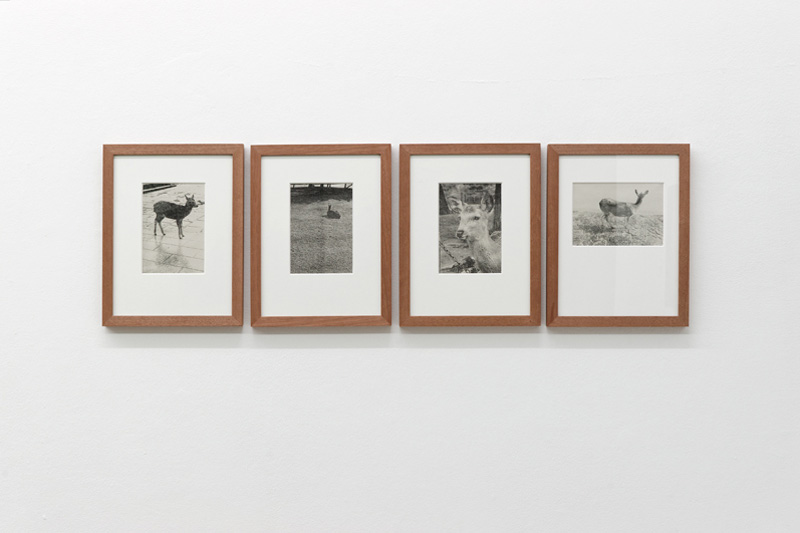Erik van der Weijde
| Gallery
Erik van der Weijde

Erik van der Weijde
Erik van der Weijde

Erik van der Weijde
Erik van der Weijde
Exhibition view
Erik van der Weijde
Erik van der Weijde
Exhibition view
Erik van der Weijde
Erik van der Weijde
Exhibition view
Erik van der Weijde
Erik van der Weijde
Exhibition view
Erik van der Weijde
Erik van der Weijde
Exhibition viewEN
The Florence Loewy gallery is presenting a collection of photographs and books from Erik van der Weijde’s diverse body of work. The artist is exhibiting a range of photographs drawn from the series Siedlung, Superquadra, Church Houses, Der Baum, Deer Park, Nelore and Bonsai. These series being the result of a photographic program which has taken a thematic approach. An approach for which it becomes evident, as one becomes more familiar with the work, is not its own end. Van der Weijde carefully circumscribes the photographed object, but the non-emphatic nature of the object’s description suggests that we not linger too long on its presence. With the remaining part of the image being described just as precisely, it’s the regime of repetition which forces the subject on the viewer: the tree (in Der Baum), the house of a member of the Nazi party (in Siedlung), and the church (in Church Houses). The photographs also concern themselves with the place, as attested to by the list of captions with which each book is furnished, whether it’s identified – this tree is growing in a street in which stands the school where Hitler used to go to school, for example – or not. The thematic constancy, however, tends to neutralise the context of its anecdotal character, turning each image into a typological representation. The order of the repetition disposes the photographic object to a degree of abstraction. Devoid of its symbolic meaning, the motif is viewed as commonplace. Van der Weijde’s aesthetic experience of the visually ordinary found its first contact with the public in published form, envisaged as a collection. The material is motley, with the books taking diverse forms. The variety of subjects – animals, architecture, street scene etc. – avoids the pitfall of focusing on a specific theme. The interest of this still on-going work lies in its ability to render each image generic: the image of this tree is the image of all trees; the image of this deer is the image of all deer. This exploration of the possibilities of image construction and function makes the research of Erik van der Weijde a substantial contribution to photographic production and to current publishing practice.
Pierre DOURTHE